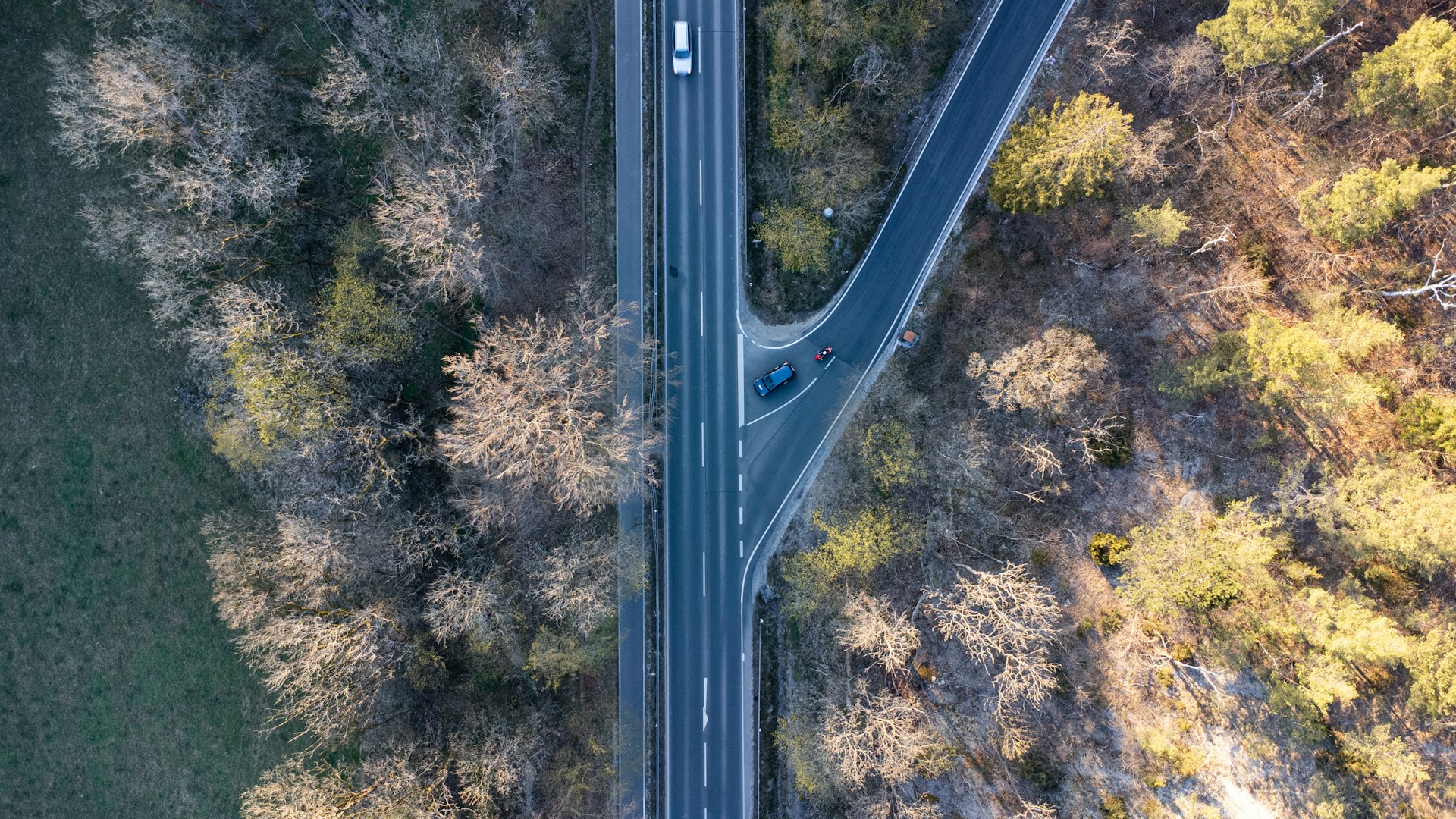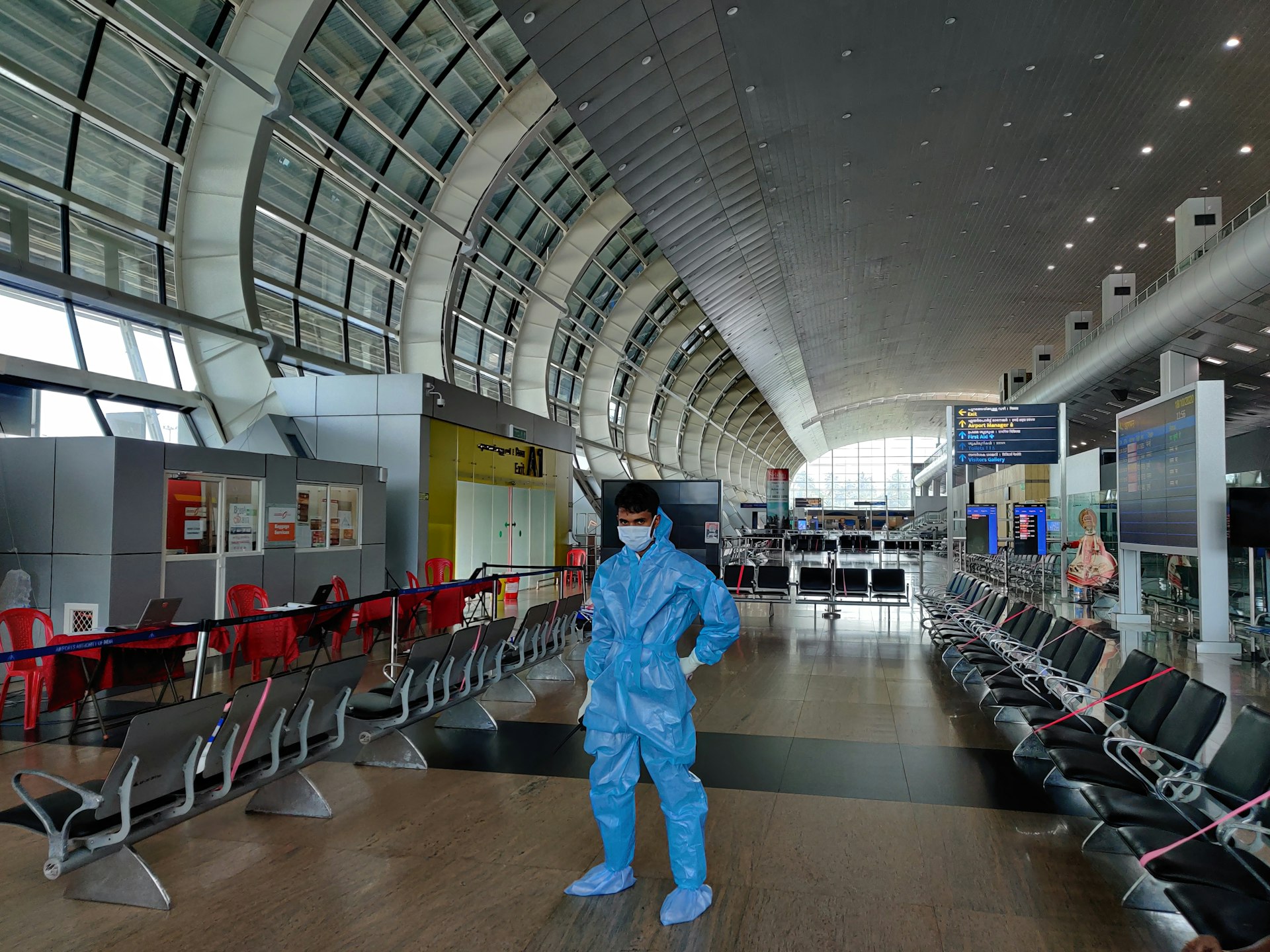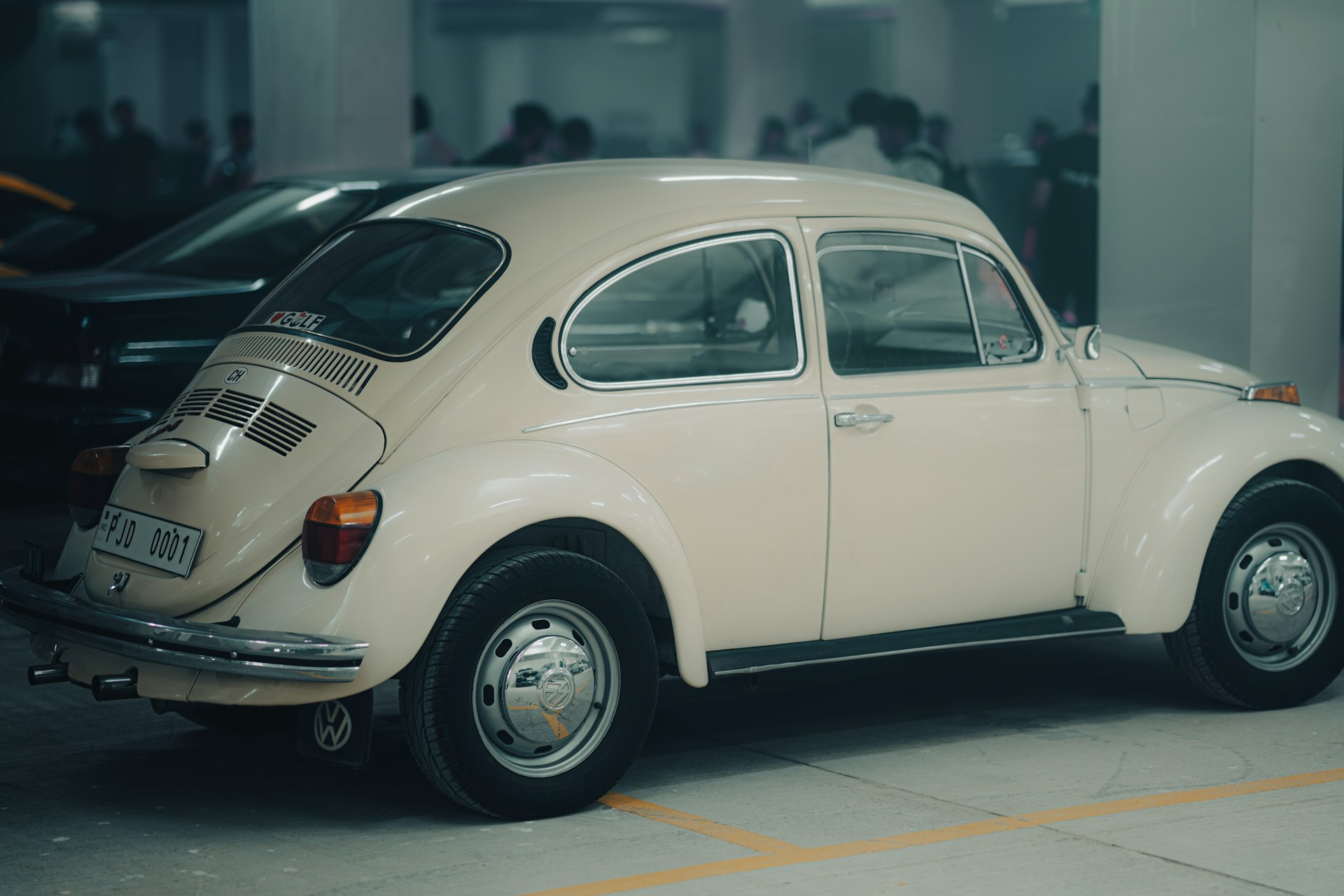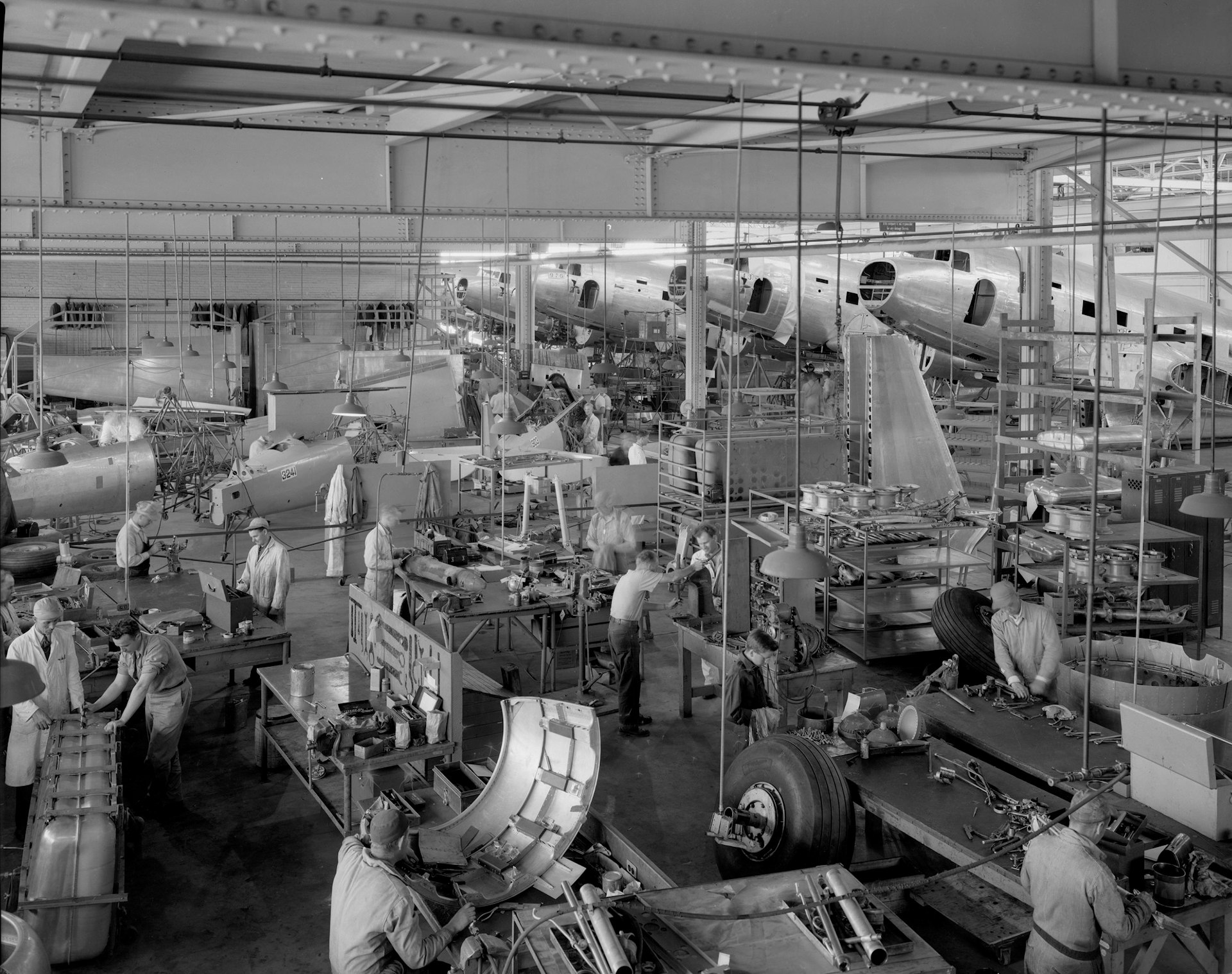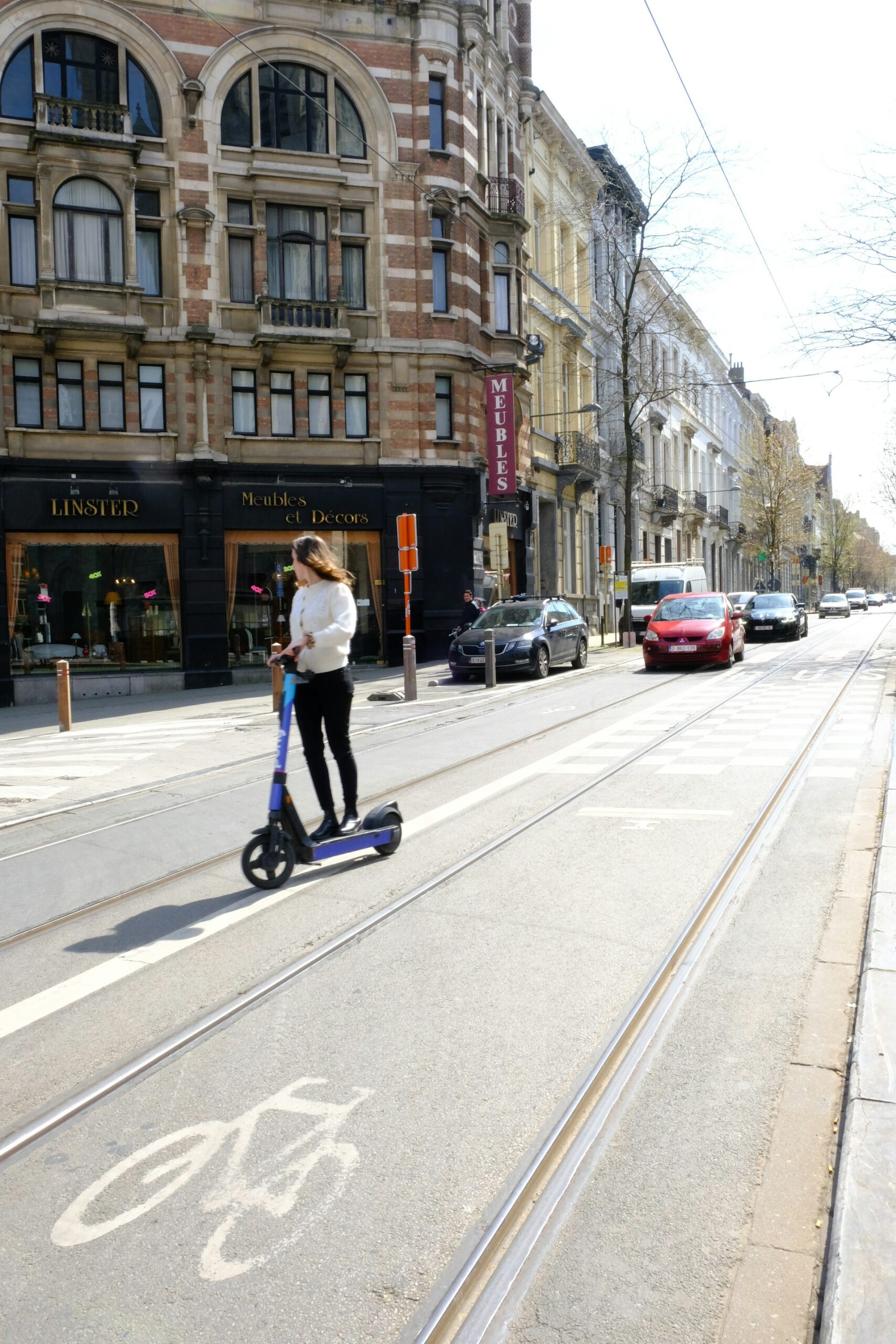DIY Fashion: Practical Steps for a Sustainable Lifestyle

Photo by Leo Moradi on Unsplash
Introduction: Why DIY Fashion Matters for Sustainability
Embracing DIY fashion is one of the most effective ways to minimize your environmental footprint while expressing individual style. The fashion industry is a major contributor to global pollution and waste, but by transforming, repairing, or upcycling existing garments, you can extend their lifespan and reduce your need for new purchases. This approach not only conserves resources but also provides a more ethical and personalized alternative to fast fashion [1] . Here, you’ll find actionable steps, real-world examples, and guidance to help you begin or expand your DIY fashion journey for a truly sustainable lifestyle.
Getting Started: Building a Sustainable DIY Wardrobe
The foundation of sustainable DIY fashion is understanding what you already have and how to make the most of it. Begin by assessing your wardrobe to identify items that are worn, outdated, or no longer fit your style. Instead of discarding them, consider how they can be repurposed or refreshed. For example, a slip dress can be customized to your measurements and style preferences, offering a perfect staple for any wardrobe [1] . Similarly, learning basic sewing skills such as hemming, patching, or simple adjustments can make your clothes last longer and reduce the temptation to buy new items unnecessarily.
Step-by-Step: Upcycling Old Clothes
Upcycling is a creative way to breathe new life into garments that might otherwise end up in landfills. Start with simple projects such as transforming an old skirt into a trendy top, using online video tutorials for guidance [2] . These step-by-step instructions typically cover:
- Identifying a suitable garment (e.g., a skirt, t-shirt, or jeans)
- Gathering basic materials such as scissors, thread, needles, and pins
- Measuring and marking where cuts or alterations will be made
- Carefully cutting and sewing to create a new, fashionable piece
For beginners, starting with t-shirts is particularly accessible. You can turn old t-shirts into crop tops, tote bags, or even headbands. Video resources, such as upcycling tutorials on YouTube, offer visual step-by-step instruction and creative inspiration [3] .
Creative Techniques: Dyeing, Embroidery, and Printing
Personalizing clothes goes beyond basic alterations. Techniques like tie-dye, embroidery, and fabric printing can turn plain or stained items into unique statement pieces. Tie-dye involves folding and binding fabric, then applying natural or low-impact dyes for vibrant patterns. Embroidery, which can be learned through online tutorials, allows you to repair holes or add artistic flair with colorful thread. Printing with stencils and textile paints is another eco-friendly way to refresh old garments [4] .
Each technique offers different benefits and can be adapted to your skill level. For instance, embroidery can conceal stains or rips, while printing lets you experiment with patterns and graphics. If you are new to these methods, start with small projects and simple patterns, gradually advancing as your confidence grows.
Choosing Sustainable Materials and Tools
For truly sustainable DIY projects, prioritize eco-friendly materials and tools. Opt for natural fibers like organic cotton, linen, or recycled fabrics when starting new projects. When purchasing supplies, look for local fabric shops or online retailers that specialize in sustainable goods. For example, some creators source fabric from secondhand stores or use remnants from previous projects to minimize waste [5] . Sustainable tools include wooden or metal sewing tools that last longer than their plastic counterparts. If you need to buy new materials, purchase only what is necessary and consider sharing or swapping with friends.
Real-World Examples: DIY Fashion in Action
Many DIY fashion enthusiasts share their projects online, offering inspiration and concrete examples. For instance, you might find tutorials for creating your own slip dress or linen culottes, both of which can be customized for fit and style [1] . Upcycling communities on platforms like Instagram and YouTube often showcase before-and-after transformations, demonstrating the potential of even the most overlooked garments [5] . These real-world examples can serve as motivation and provide new ideas for your personal projects.
Challenges and Solutions in DIY Fashion
Starting a sustainable DIY fashion journey can come with challenges, such as lack of experience, limited time, or uncertainty about techniques. It is normal to make mistakes as you learn; the key is to start small and build skills gradually. If you encounter difficulties, consider the following solutions:
- Use free online tutorials and resources for step-by-step guidance [4] .
- Join local or online crafting groups to share advice and encouragement.
- Repurpose mistakes by integrating patches, embroidery, or creative mending techniques.
Remember that sustainable DIY fashion is about progress, not perfection.

Photo by Alexey Demidov on Unsplash
Accessing Resources and Expanding Your Skills
Numerous resources are available to support your journey. While there are many websites, always verify their authenticity and relevance. For comprehensive step-by-step guides and ideas:
- Search for “sustainable fashion DIY tutorials” on reputable platforms like Good On You or Domestika.
- Explore video tutorials on YouTube using search terms like “upcycling clothes” or “DIY fashion sustainable.” These often provide detailed demonstrations and project ideas [2] .
- Follow established sustainable fashion creators on social platforms for ongoing inspiration and tips [5] .
If you seek in-person instruction, check for local community centers, fabric stores, or continuing education programs that offer sewing and upcycling workshops. Some public libraries also lend sewing machines and host crafting events. For materials, visit local thrift stores or online marketplaces focused on secondhand goods-this not only reduces costs but supports a circular economy.
Alternative Approaches to Sustainable Fashion
While DIY is a powerful tool for sustainability, you can also support eco-friendly fashion by:
- Swapping clothes with friends or through organized clothing exchanges.
- Thrifting or buying secondhand rather than new.
- Supporting brands with documented ethical and environmental practices.
- Learning to care for your clothes properly to extend their lifespan.
Combining these habits with regular DIY projects maximizes your positive impact and helps cultivate a conscious, responsible approach to fashion.
Summary and Next Steps
Adopting a DIY approach to fashion empowers you to express your creativity, save money, and reduce your ecological footprint. Start with basic projects using what you already own, explore new techniques through online resources, and connect with others who share your values. As your skills grow, you’ll find endless opportunities to innovate and inspire others to join the movement toward a more sustainable lifestyle.
References
- [1] Good On You (2020). Our Top 10 Sustainable Fashion and Home DIYs.
- [2] YouTube (2025). DIY Skirt to Top Transformation! | Easy Upcycling Fashion Tutorial.
- [3] YouTube (2025). DIY Upcycled Clothes: Transform Old T-Shirts into Trendy Fashion!
- [4] Domestika (n.d.). 9 Free Tutorials with Easy Ideas to Upcycle Your Clothes.
- [5] Instagram (2025). Sustainable Fashion Hacks and DIY Tutorials.
MORE FROM ismath.net

